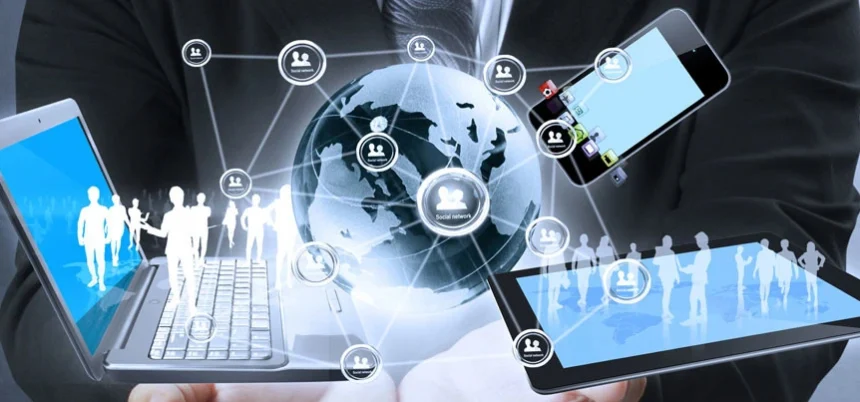In today’s rapidly evolving media landscape, understanding the differences between various content delivery systems is crucial for both businesses and consumers. Two prominent technologies that have shaped how we access content are OCAP (OpenCable Application Platform) and digital streaming.
These systems represent different approaches to broadcasting and content delivery, each with its own set of advantages and challenges. This article delves into OCAP vs Digital, comparing their key features, performance, and future potential.
Introduction
As technology continues to change how we consume media, understanding which system aligns with your needs is essential. Whether you’re looking to optimize content delivery for your business or enhance your entertainment experience, this OCAP vs Digital comparison will give you the insights you need.
What is OCAP?
Definition and History of OCAP (OpenCable Application Platform)
The OpenCable Application Platform (OCAP) is a middleware software standard created by CableLabs, primarily used in set-top boxes for interactive television. Launched in the late 1990s, OCAP was designed to allow cable operators to provide enhanced interactive services, such as on-demand content, digital guides, and more, through a unified platform.
Uniformity across different cable systems
OCAP aimed to bring uniformity across different cable systems, allowing cable providers to use the same applications across various devices. This system also enabled cable companies to maintain control over their content delivery while offering a level of interactivity for users.
Key Features of OCAP
OCAP provides a number of features tailored to the needs of cable operators, including:
Interactive Television:
OCAP facilitates interactive television experiences, enabling features like video-on-demand (VOD) and interactive program guides (IPG).
Set-top Box Support:
Designed to work seamlessly with set-top boxes, OCAP integrates with existing cable infrastructure.
Compatibility:
OCAP ensures compatibility with different cable providers, making it a flexible solution for managing cable content.
Advantages of OCAP
Flexibility:
OCAP allows providers to deliver interactive services without the need for significant hardware overhauls.
Consistency:
It offers a consistent platform across different devices, making it easier to deliver content uniformly.
Control:
Cable operators maintain control over their networks, ensuring that content delivery is secure and customizable to their audience’s needs.
What is Digital?
Evolution of Digital Broadcasting and Streaming
Digital technology revolutionized media consumption with the shift from analog to digital broadcasting in the early 2000s. This transformation enabled high-definition (HD) content and improved audio and video quality, while also offering more efficient use of bandwidth.
Access to a vast library of content
The emergence of digital streaming platforms, such as Netflix, Hulu, and Disney+, marked a turning point. These services provided users with access to a vast library of content anytime and anywhere, reshaping how media is consumed.
Key Features of Digital Technology
Digital systems come with a variety of benefits that have made them a popular choice for content delivery:
On-demand Streaming:
Digital platforms allow users to access content on demand, eliminating the need for scheduled programming.
High-definition (HD) and 4K Content:
Digital systems provide support for HD and 4K content, significantly improving the quality of video playback.
Real-time Updates:
With digital, content can be updated in real time, providing users with the latest shows, news, and other media instantly.
Benefits of Digital Systems
Reach and Accessibility:
Digital platforms offer global accessibility, enabling users from all over the world to access the same content without geographic limitations.
User Experience:
Streaming services come with user-friendly interfaces, recommendations, and personalized content, improving the overall viewing experience.
Cost-effectiveness:
For consumers, digital platforms often provide a more affordable alternative to traditional cable packages, with various subscription models to choose from.
OCAP vs Digital: Key Differences
Hardware and Infrastructure Requirements
When comparing OCAP vs Digital, one of the most significant differences is in hardware and infrastructure requirements. OCAP relies on set-top boxes to deliver content to users, with a focus on integrating interactive services into existing cable networks.
Cloud-based
On the other hand, digital systems are typically cloud-based, with content delivered via streaming devices like smart TVs, smartphones, and tablets. This reduces the need for specific hardware, allowing for more flexibility in how content is accessed.
User Experience
The user experience also differs greatly between the two systems. OCAP’s reliance on cable-based infrastructure limits its ability to offer the same level of interactivity and personalization as digital platforms. Users of digital streaming services can enjoy personalized recommendations, user-friendly interfaces, and seamless content discovery, enhancing the overall experience.
Level of interactivity
Digital platforms also provide a level of interactivity that is difficult for OCAP to match. From pausing live shows to accessing a broad library of on-demand content, digital systems are designed with the modern viewer in mind.
Content Delivery and Accessibility
In terms of content delivery, OCAP is generally limited to regions serviced by specific cable providers, whereas digital platforms offer global access to content via the internet.
This geographic limitation makes digital streaming far more accessible to users across the globe, whereas OCAP is often confined to areas where cable infrastructure is available.
Performance: OCAP vs Digital
Speed and Responsiveness
Performance is another critical area where OCAP vs Digital technologies diverge. OCAP systems, due to their reliance on set-top boxes and physical cable infrastructure, can experience delays in delivering content and interactive features. Response times may vary depending on the speed of the user’s internet connection and the quality of their cable service.
Preferred choice for users
In contrast, digital streaming platforms tend to offer faster loading times, smoother transitions between content, and instant playback. With internet speeds improving globally, digital platforms have become the preferred choice for users seeking faster, more responsive media experiences.
Latency and Bandwidth Requirements
Latency, or delay, is another important factor to consider. OCAP systems may experience higher latency due to their reliance on cable infrastructure, while digital platforms can adjust their bandwidth requirements dynamically based on user demand.
Digital systems, especially those utilizing adaptive bitrate streaming, can deliver higher-quality content with fewer interruptions by adjusting the video quality based on the user’s internet speed.
Quality of Service (QoS)
Quality of Service (QoS) is crucial in ensuring consistent, high-quality content delivery. OCAP’s dependence on cable networks means that quality can fluctuate depending on the region and service provider. Digital platforms, however, rely on internet bandwidth and server efficiency, offering a more consistent viewing experience, especially for users with stable, high-speed internet connections.
Cost Implications of OCAP and Digital
Installation and Setup Costs
Installation costs are a significant consideration in the OCAP vs Digital debate. OCAP systems typically require specialized hardware such as set-top boxes, which come with higher upfront costs. Cable providers may charge installation fees and equipment rentals, making the initial cost higher for consumers.
Cheaper to set up
Digital streaming, on the other hand, is generally cheaper to set up. Users can access content via existing devices, such as smart TVs or smartphones, without the need for additional hardware, reducing the overall cost.
Maintenance and Operating Costs
Maintenance and operating costs are also lower for digital platforms, as there are no physical set-top boxes or cable lines to maintain. Cable operators using OCAP often incur higher costs related to infrastructure upkeep, while digital services rely primarily on software updates and server maintenance.
Affordability for End Users
For end users, digital platforms often offer a more affordable alternative to cable-based OCAP systems. With subscription-based models and no need for equipment rentals, users can access a wide range of content at lower monthly fees. Additionally, digital platforms provide different pricing tiers, catering to various budget levels.
Security and Privacy Considerations
Data Privacy in OCAP Systems
OCAP systems tend to be more closed, as cable operators control much of the content delivery and data management. While this offers some advantages in terms of data security, it also limits the amount of customization and interactivity available to users.
Security in Digital Broadcasting and Streaming
Digital systems prioritize security through encryption and data protection protocols. Leading streaming services implement advanced security measures, including end-to-end encryption, to safeguard user data and prevent unauthorized access.
The Future of OCAP and Digital Technologies
Trends in the Media Industry
The media industry is continuously evolving, with a clear trend towards streaming services and on-demand content. As more users turn to digital platforms, the demand for cable-based services like OCAP has been in decline. However, some regions still rely heavily on cable infrastructure, keeping OCAP relevant for now.
Impact of 5G on OCAP and Digital Systems
The rollout of 5G technology is likely to have a significant impact on both OCAP and digital platforms. With faster internet speeds and lower latency, 5G will further enhance digital streaming experiences, making them even more attractive to users.
Predictions for Future Use Cases
While digital platforms are expected to dominate the future, OCAP may still have a role in regions where cable infrastructure is prominent. However, as internet accessibility improves, the shift toward digital is likely to continue, making OCAP less relevant in the long term.
Conclusion of OCAP vs Digital
In comparing OCAP vs Digital, it’s clear that both systems have their advantages and limitations. OCAP remains a viable solution for regions with established cable infrastructure, offering a controlled environment for interactive television. However, digital platforms have become the preferred choice for most users due to their flexibility, affordability, and global accessibility.
As technology advances and streaming becomes even more prevalent, digital systems will likely continue to outpace OCAP in terms of performance, cost-effectiveness, and user experience. Understanding these differences can help consumers and businesses make informed decisions about their media consumption and content delivery strategies.
FAQs: OCAP vs Digital
What is the key difference between OCAP and digital?
OCAP relies on cable infrastructure and set-top boxes, while digital systems deliver content via the internet, offering more flexibility and accessibility.
Which is more cost-effective: OCAP or digital technologies?
Digital technologies are typically more cost-effective due to lower installation and subscription fees.
Can OCAP work with modern streaming services?
OCAP is primarily designed for cable-based services, but it can support some interactive features. However, it is not as integrated with modern streaming services as digital platforms.
Is digital streaming more secure than OCAP?
Both systems have security protocols in place, but digital platforms often implement more advanced encryption and data protection measures.
Which is better for high-definition content delivery: OCAP or digital?
Digital platforms are better suited for high-definition and 4K content delivery, offering more consistent quality across devices.








